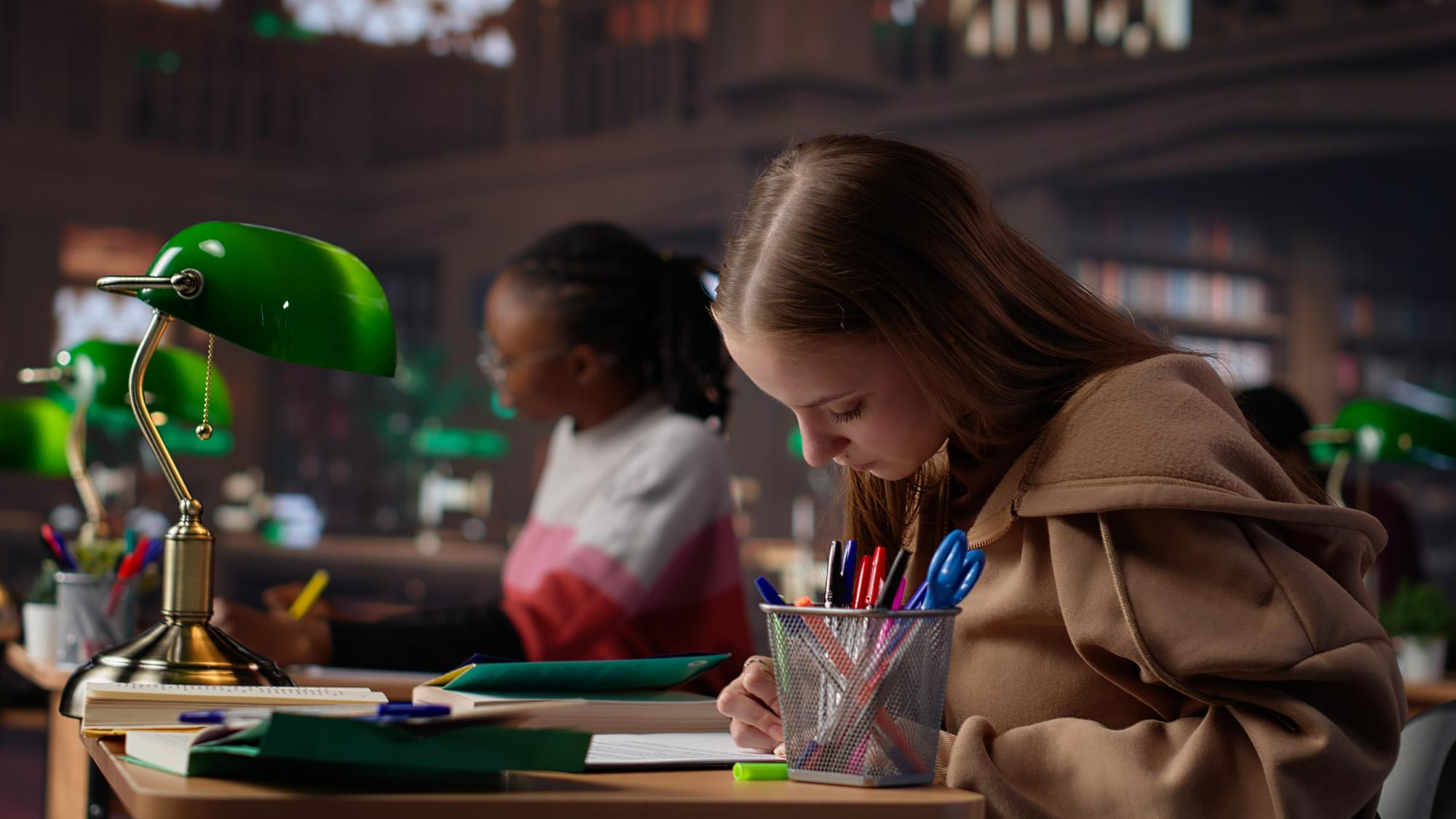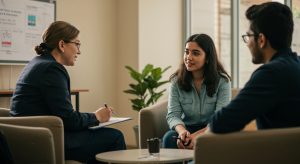Unlearning as a Core Skill: Preparing Students for Jobs That Don’t Exist Alongside Math
Unlearning as a core skill is essential for students in Grades 8 to 10 to prepare for careers that do not exist today. While math strengthens logical reasoning and problem solving, unlearning ensures students can adapt, think creatively, and embrace new knowledge. Combining both skills equips students to navigate an unpredictable and fast evolving workforce with confidence.
Understanding Unlearning as a Core Skill
Unlearning is the process of letting go of outdated beliefs, habits, or methods that no longer serve practical purposes. Unlearning as a core skill empowers students to question what they know, evaluate its relevance, and adopt new approaches. For Grades 8 to 10 students, this helps them stay prepared for future industries and technologies that are constantly emerging.
Why Unlearning and Math Are Both Critical
Math develops analytical thinking, logical reasoning, and structured problem solving. However, without the ability to unlearn, students may cling to outdated methods and fail to adapt to new situations. Unlearning as a core skill complements math by fostering flexibility, creativity, and the capacity to learn continuously.
- Math strengthens structured reasoning and accuracy.
- Unlearning as a core skill builds adaptability and innovation.
- Together, they prepare students for jobs that do not yet exist.
The Connection Between Unlearning and Growth Mindset
Developing a growth mindset is closely tied to unlearning. Students with this mindset see challenges as opportunities and are willing to step outside their comfort zone. When paired with math skills, they can analyze situations logically while also remaining flexible enough to adapt.
Practical Strategies to Teach Unlearning in School
Schools, parents, and counselors can guide students to practice unlearning from an early stage. Here are some effective strategies:
- Encourage questioning: Allow students to challenge old methods and ask “why” instead of simply following rules.
- Promote real life problem solving: Use math with open ended questions that have multiple solutions, teaching flexibility in thought.
- Integrate technology: Expose students to emerging tools like AI and coding, then encourage them to unlearn older methods when better ones appear.
- Teach reflection: Create classroom moments where students reflect on what knowledge is still useful and what can be updated.

Role of Parents and Counselors
Parents and counselors often focus on grades and academic performance, but their role should also include helping students understand the importance of letting go of outdated knowledge. For example, a student might be attached to one career option, but parents and counselors should gently guide them to explore other possibilities by unlearning rigid expectations.
Unlearning in Daily Life
Unlearning is not limited to academics. For instance, when a teenager grows up with a certain style of communication but then enters a global workplace, they may need to unlearn habits that do not work in multicultural settings. Similarly, digital skills learned today may need to be rethought tomorrow as tools evolve.
How Math Supports Unlearning
Math is not just about numbers, it is about patterns, problem solving, and logical reasoning. When combined with unlearning, math helps students evaluate when a solution is outdated and when new approaches are necessary. For example, solving equations in multiple ways or applying math to coding projects encourages both structured and flexible thinking.
Preparing Students for Future Careers
To prepare students for the future, schools must integrate both math and unlearning into their teaching practices. Some suggestions include:
- Designing interdisciplinary projects that mix math, technology, and creative thinking.
- Offering career workshops where students learn about emerging industries and reflect on what skills they may need to unlearn.
- Introducing global future of work studies to give students exposure to career paths that may appear in the next 10 years.
- Encouraging collaborative learning where students learn from each other and accept that no single answer is final.
Examples of Unlearning in Action
Here are some practical examples that show how unlearning works in real life:
- From rote memorization to critical thinking: Students move away from memorizing formulas to understanding concepts deeply.
- From textbooks to digital tools: Instead of only relying on printed material, students learn how to use online resources effectively.
- From individual competition to teamwork: Today’s workplace values collaboration over working alone, which requires students to unlearn competitive-only mindsets.
Conclusion
Unlearning is no longer optional, it is a core skill that goes hand in hand with math to prepare students for an unpredictable future. By mastering both, students can embrace new knowledge, adapt to emerging careers, and thrive in a fast changing world. Schools, parents, and counselors must recognize the value of unlearning and teach it with the same priority as traditional subjects.




